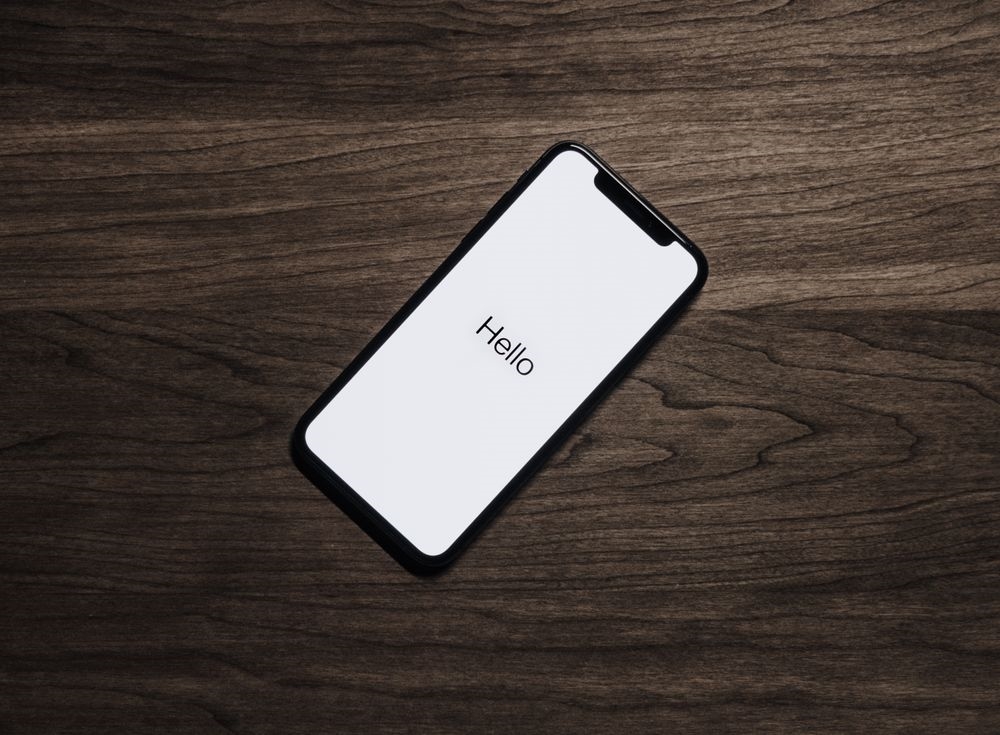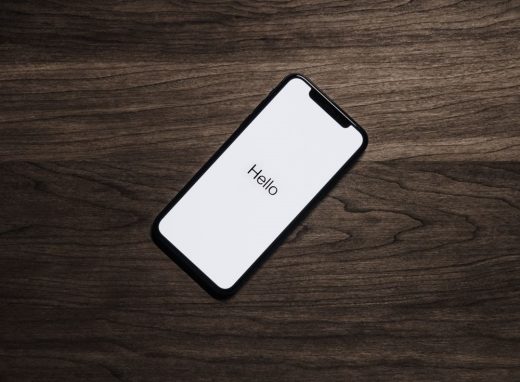How to Simplify Your Smartphone
Want to simplify your life a little? Then why not start with simplifying your phone? Phone simplification is the new cool thing to do, and as a bonus, you’ll be less stressed. How do you begin? Just keep reading!

Wait, Why Simplify My Phone?
The idea behind the phone simplification craze is that we’re all too connected these days. With emails constantly pinging in, permanent access to the internet, and a half dozen different instant messaging apps, the average smartphone is more of a distraction than it really needs to be. Phone simplification does exactly what you’d expect, it makes your phone less of a distraction.
We’ll be honest, this isn’t for everyone. But some people find a simplified phone more relaxing. It’s definitely a stress buster and with smartphones known to disrupt sleep due to blue light, you won’t constantly be answering messages and notifications on your mobile at an ungodly hour.
Um, Why Not Ditch the Smartphone Altogether?
Okay, good question. You might be thinking that the best way to get a simpler phone is to go out and buy a regular dumb phone. However, that might have consequences that you haven’t thought about. For a start, phone simplification doesn’t necessarily mean deleting all your apps (we’ll come to that in a second). But more importantly, we assume that you still want your phone to call and text. Unfortunately, old school flip phones and non-smart devices tend not to have the kind of call quality that most of us look for these days. Nor do some of them have things like t9 typing (predictive text) for your SMSs. Plus, you probably already have a smartphone, so why go out and invest in another device, however cheap it may be? Arguments made, let’s get to the simplification…
#1. Make Your App Decisions
Your first step is to decide exactly what it is that you want your phone to do. A real purist is going to delete everything except the calling and messaging functionality, but this isn’t realistic for some people. You might want to keep your camera app, your music app, and maybe even the map app just in case you get lost. There’s nothing wrong with keeping some essentials, but unless it’s really necessary, you should go ahead and get rid of all those messaging and social media apps. Ideally, you want to have one home screen on your phone (rather than the scrolling selection of home screens most of us have).
#2. Prepare for Offline Mode…
Yes, we’re about to get rid of most of your online capabilities, but before we do so you’ll want to do a little preparation. Go ahead and download all the music you want so that you can listen to it in offline mode if that’s your thing. And if you’ve decided to keep your Map app (which, let’s face it, is probably Google Maps), then go ahead and download your local area for offline use (search the map for the name of your town/city/county depending on how big a map you want, when the location appears hit the Download button at the bottom of the menu). Ready? Let’s get on then…
#3. Get Rid of Data
Now for the tough part: you should go ahead and turn off your WiFi and mobile data. On most phones this is easy, pull down the top task bar and hit the WiFi button to turn it off, then go into your settings menu and hit data, then turn off mobile data. This will mean that your phone has no data connection at all. No Facebook messages, no emails, no internet access, nothing but calling and texting.
Sound a little too scary? Yeah, we don’t blame you, and there’s a slightly less terrifying way to deal with this. You might have kept a couple of apps that need internet access, like Maps or email, in which case you want limited access. The easiest way to handle this is to download an app called NetGuard and use it to set data restrictions for individual apps. You can turn off data for everything except the couple of apps you want to keep. See, that wasn’t so bad, was it? As an added incentive, your phone bill should now be lower and your phone battery will last a whole lot longer…
#4. Disable Your Browser
In addition to the above you should also disable your browser, since on some phones the browser will over-ride your data settings and work anyway. This is simple. Go into Settings, hit Apps, find your browser and click on it, then hit Disable. Done. All that internet based stuff can be done at the office, or on your home PC, so leave your phone for the basics…
Bonus: Stop Notifications
Alright, we understand, sometimes it’s just too hard to cut the cord all at once. Or you might want to disable your email, but work makes that impossible, or any one of a number of other things. But if you still want some of the benefits of simplification, then the easiest option is to turn off your phone notifications. You can turn off the main notifications (ring tone, SMS volume, etc.) in your phone’s settings menu (under Sound). For all other apps just going into the app itself and check out the menus there until you find a silent mode. Simply not getting notifications tones or messages will mean that you look at your phone a lot less, and can get on with real life instead…
Having a smartphone can be awesome. But it can also be a little overwhelming at times. Phone simplification is an attempt to get back to an easier life, one where you weren’t expected to be in constant contact, where you didn’t need to check your email every three minutes. This isn’t always going to be an option, especially if your work depends on your phone, but you don’t have to use a simplified phone full time. Try it on the weekends only, or just when you’re on holiday, and see how much more relaxed you feel without the dings, buzzes and rings of your phone.
The post How to Simplify Your Smartphone appeared first on MobiPicker.
(28)


